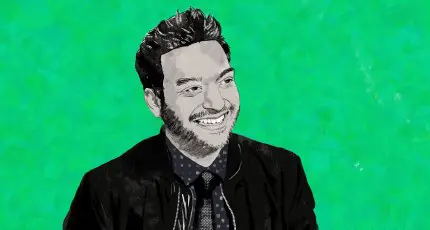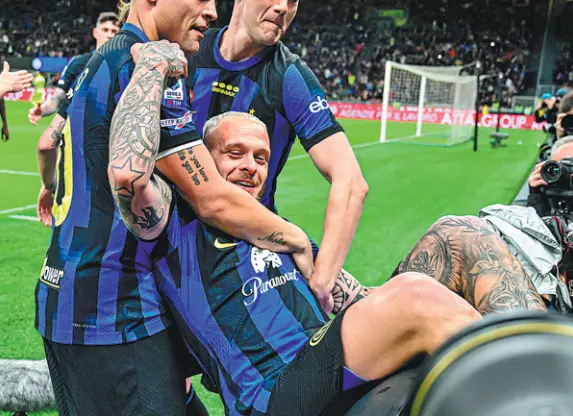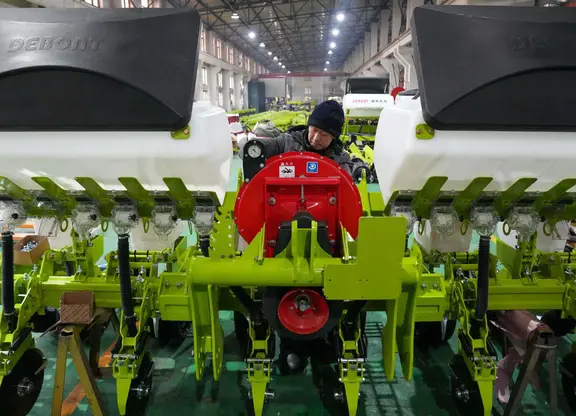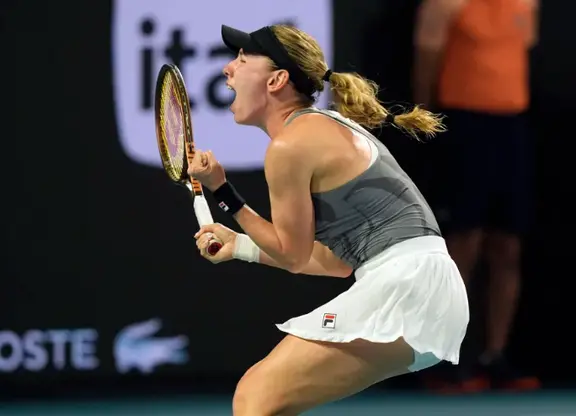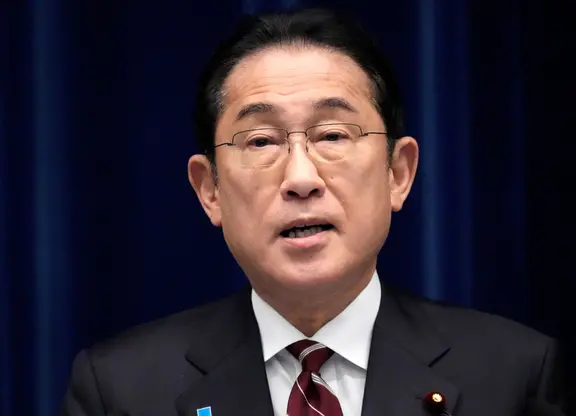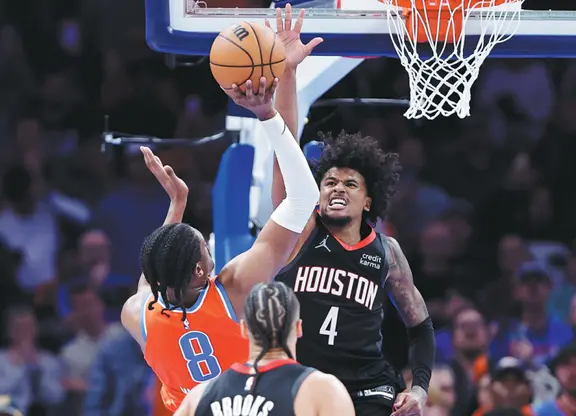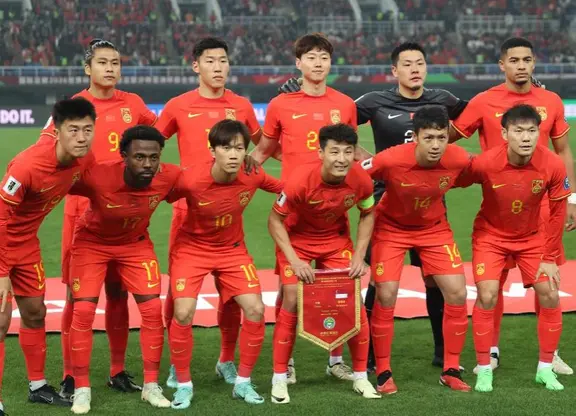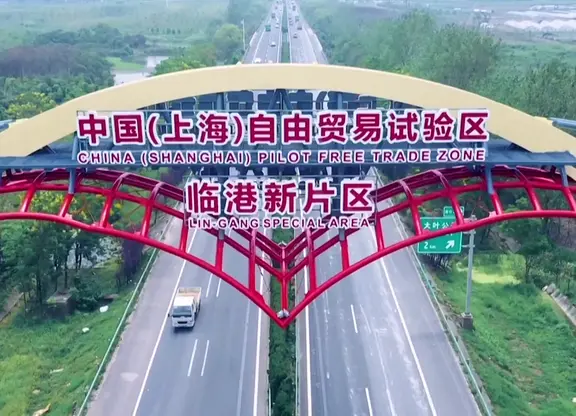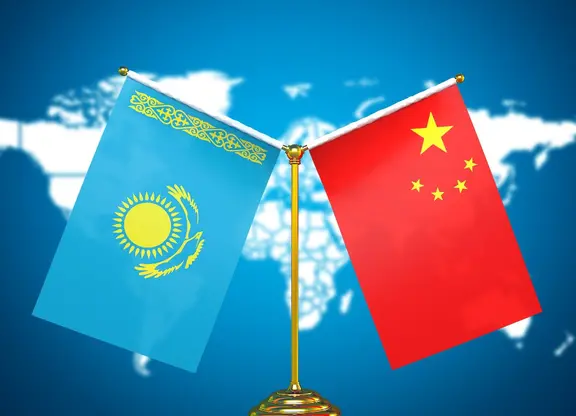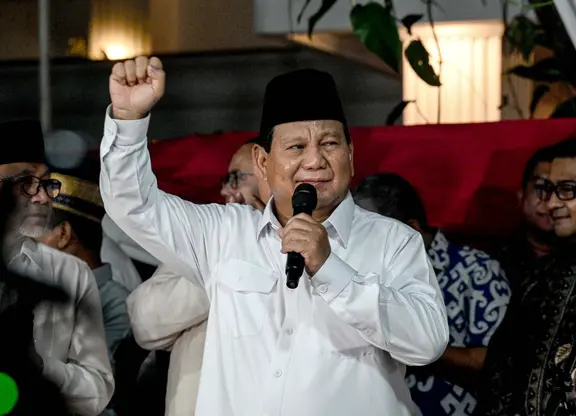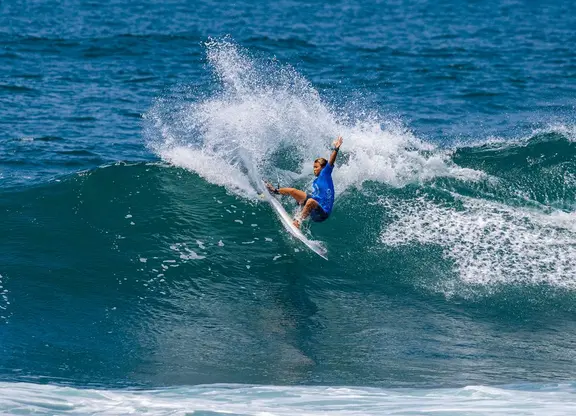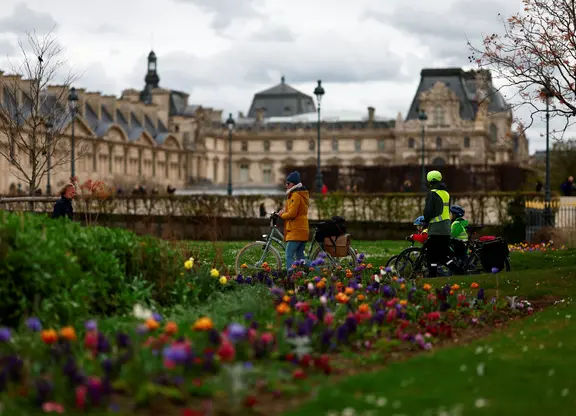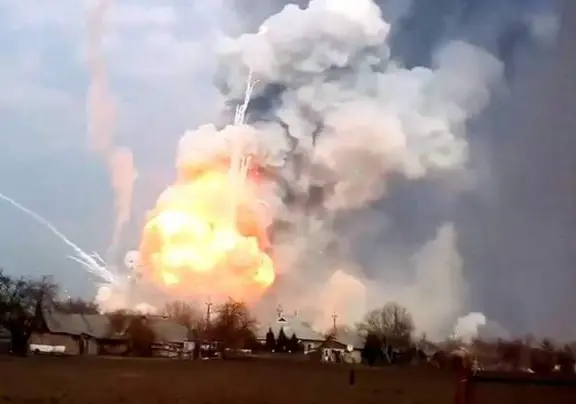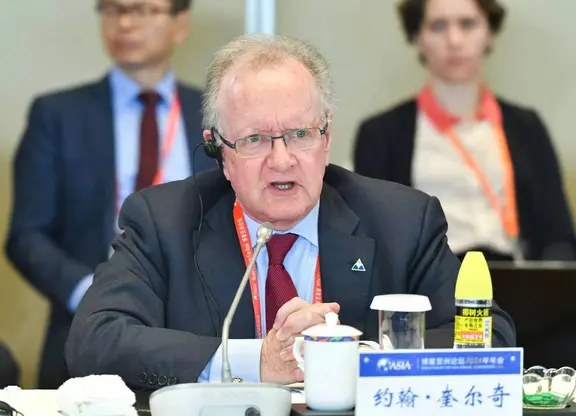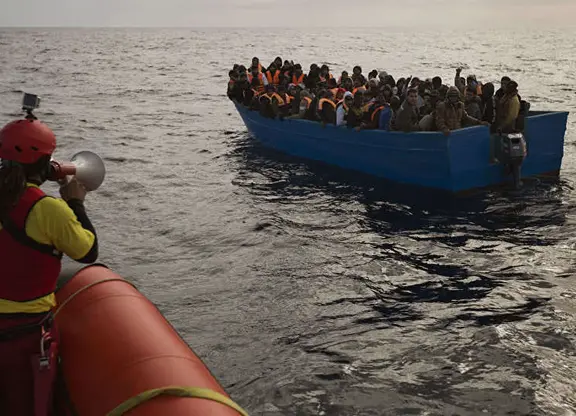Kickstarter announced on Wednesday that backers have pledged
$6 billion
to more than 200,000 projects over the course of the crowdfunding site’s history. The milestone comes a little over a year after the platform hit the $5 billion mark.
A matter of weeks before the company hit that last massive round number, however, it revealed starker news. Kickstarter reduced its staff by 39%, through a combination of layoffs and buyouts, as newly minted CEO Aziz Hasan
noted a 35% drop in new projects.
The company wasn’t alone, certainly, in suffering major setbacks in the face of a pandemic, but that likely didn’t cushion the blow of a downturn with “no clear sign of rebound,” according to the executive.
With another $1 billion pledge in the intervening 15 months, however, it’s probably safe to say that predictions of crowdfunding’s demise were somewhat premature. Like most of the rest of us, the pandemic has spurred a reprioritization and recentering, and the service that has long been synonymous with the category looked to new methods of engagement.
After a dozen years of being the face of crowdfunding, plenty of question marks still remain. The past decade has seen something of a hype bubble for the process, and for some, the shine has worn off a bit, courtesy of undelivered gifts and unfinished campaigns. What will the next decade hold for crowdfunding’s biggest name? And will the pandemic fundamentally transform how people back projects on the internet?
We sat down with Hasan to discuss the past year, the company’s big milestone and the future of crowdfunding.
(This interview has been edited for length and clarity.)
When you took the role of CEO in 2019, what changes did you feel like you needed to implement?
I’d really like to touch on the connection that I’ve always felt with Kickstarter. It, for me personally, is a place where I feel like both my personal passion and what we do on a day-to-day basis came together really well. At one of the first all-hands when I got hired, I said what’s beautiful about the job that I get to do is that every evening I go home and
I illustrate
. And so I get to feel the hard pain, a lot of the insecurity and the uncertainty that comes with being a creator.
“I see crowdfunding as probably one of the best mechanisms to go independently and create the thing that you want and to find the support that you need and the resources that you need.”
I come in every morning and I say, “OK, how am I going to fix that? What can I do to make that process better, make that easier?” And so that for me was just this underlying motivation. This is what gets me out of bed in the morning. The thought to me was, “What are the ways in which we have the greatest strength in helping creators find the funding that they need?”
I think one of the greatest opportunities that I really see is that the backers are such an incredible part of this puzzle, and for us, for the longest time we really focused on the creator tools and really making sure that the creators have a way to share their project. What we’ve seen is that backers are such a tremendous part of this process and their ability to discover the joy, the fun, the curiosity that they feel through that process is such an important part of the experience as well. And so here’s a place where we can actually put some focus and some time and attention on what the backer experience looks like. And so that really has been a big mantra for me as we’ve been moving forward.
What does it mean to impact the backer experience? In the past two years, how has the backer experience changed?
One is just making it simpler and easier for backers to find projects that they would care about. And I think us being just a space where this stuff exists, I think just putting it out there as it is on a home page or through the creator that you know isn’t enough. And so there are a lot of channels that we’ve been using, particularly thinking about our emails and newsletters and these points of connection that we have with the backer over the course of their journey and actually introducing projects that they might like through that process. So we have a recommendation engine that we’ve been developing over the last few years that’s meant to help connect, make better connections based on either affinity, which you might like, or the way that you backed in the past or projects that you might’ve watched.
Early last year, Kickstarter went through a fairly large round of layoffs — 40%, according to reports. How did the company navigate the earliest days of the pandemic and what do you feel you’ve done to help right that ship?
What we saw in our platform was that creators just kind of off the bat had the same level of uncertainty everybody else was feeling. We saw a slowdown of projects and what we saw was about 40% of our pledge volume dipping. And as a result, there’s a lot of projects that fell off as a result of that. There were some very, very concerning times. The big thing that we thought about was, we need to make sure that our business is resilient for the future, make sure that we’re actually just set up operationally in a way that we can withstand uncertainty as it comes. Through that really tough time and then, kind of peeking out toward the end of 2020, the backers didn’t change their pattern of behavior. Even though creators were launching fewer projects during that really difficult time, what we saw was that the backers remained extremely eager to keep pushing forward and supporting creative work.
So things like our pledge rates and success rates remained quite high and that’s especially if you think about the games community, comics, publishing a number of these spaces where we’ve always seen strong engagement. That engagement actually continued through. About four or five months after that initial dip, we slowly started to see some of the creators come back online, because I think they also started to recognize that the backers are there. They haven’t changed their backing patterns. And so what that did for us is that started to give us a bit of understanding here that we should start to connect back to the creators and let them know that the backers are here.
 简体中文
简体中文

